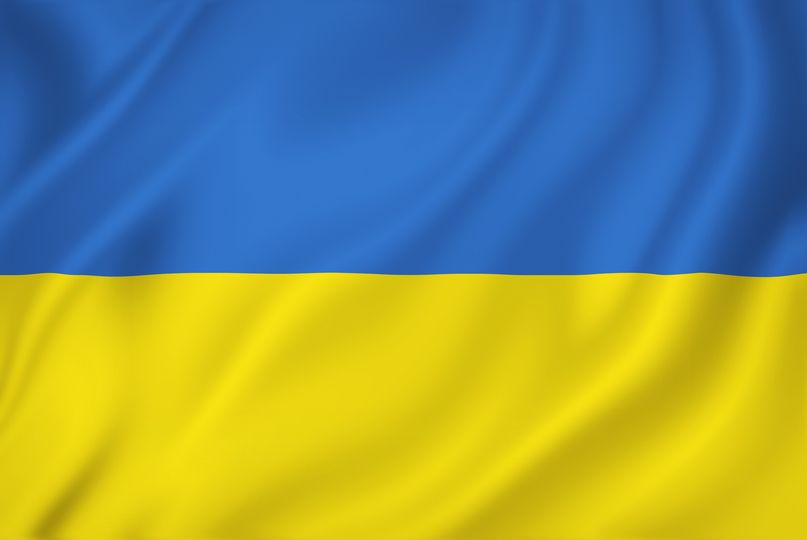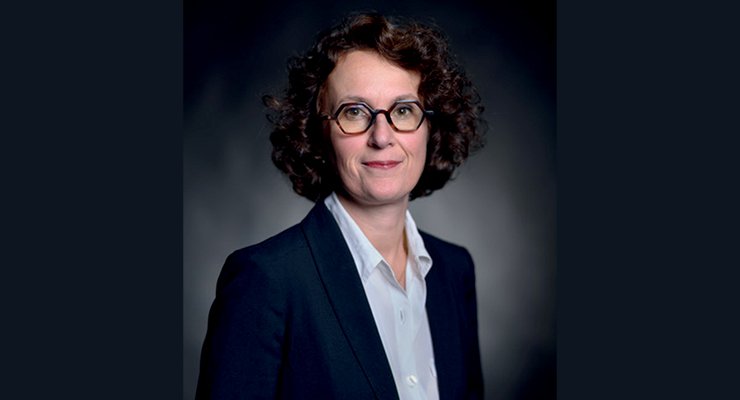Bio-Mechanics and Bio-Engineering (BMBI) – UMR CNRS 7338
Studies carried out by the UTC-BMBI laboratory (bio-mechanics and bioengineering) address questions of living matter mechanics and health engineering. They aim a gaining a better understanding of how these mechanisms operate in living systems at systemic, organic and tissue scales, for the final purpose of improving human quality of life. With its unique pluridisciplinary approach in France, this research team allows for a systemic analysis to its investigations with the leitmotiv “understand first, so as to be able to do later”.
Objectives
To gain a better understanding of the operational modes and mechanisms of living systems at various scales :
- system level (cardiovascular, skeleton, muscular)
- organ level (heart, vessels, bones, muscles, …)
- tissues, cells and molecules associated to these organs and systems of interest.
These knowledge provides a better understanding of pathologies and development of bio-artificial organs, biomaterials, diagnosis and evaluation tools for therapeuticor functional treatments of pathologies.
These goals are combined in order to improve human life quality from birth to senescence.
Research teams and themes
The research activities are grouped around 3 thematic teams, investigating at various system scales, nano, micro and macro :
- Biomaterials/Bioreactor Cells (C2B)
- Biological Fluid-Structure Interactions (IFSB)
- Characterization and patient-specific Modelling of the MUsculoskeletal and oSTeoarticular systems (C2MUST).
Partnerships
Academic partnerships
Commissariat à l'énergie atomique et aux énergies alternatives (CEA), Centre national d'études spatiales (CNES), Institut national de l'environnement industriel et des risques (INERIS), Institut national de la recherche agronomique (INRA), Institut national de la santé et de la recherche médicale (INSERM), Institut polytechnique UniLaSalle Beauvais, université de Picardie Jules Verne, université Lille 1 (USTL), Sorbonne Université, université Paris 13…
The university institute for health sector sengineering (IUIS)
IUIS aims at encouraging and facilitating interdisciplinary approaches (the engineering medicine interface) thanks to a federative team structure located in the hospital services and UTC and UPMC (University Pierre & Marie Curie, Paris 6) research laboratories (Medical school and the Engineering Faculty). The thematic chair e‑BioMed (development of connected biomedical tools for tele-medicine) in the framework of the IUIS of the Sorbonne Universities Cluster, COMUE.
International partnerships
Europe (Germany, Austria, Belgium, Spain, Hungary, Iceland, Italy, Netherlands, United Kingdom), Lebanon, United States (Tufts, MIT, NorthEastern, Boston), Brazil, Chili, Canada (Waterloo), Japan (IIS Tokyo)…
Hospital partnerships
CH Compiègne, Polyclinique Saint Côme, CHU Amiens, Groupe hospitalier Pitié-Salpêtrière-Charles Foix, Centre hépato-biliaire (Villejuif), Henri Mondor, Mayo Clinic (États-Unis)…
Industrial partnerships
Echosens, Thor Personal Care, Kinestesia, Guerbet, ANSYS, SEGULA Technologies, Legrand…
Private partnerships
AFM, Ligue contre le cancer, SATT Lutech…
Poles of excellence
Cap Digital, UP-TEX, Medicen
Research projects
European project
ERC, FP7, PEOPLE ITN ( Initial Training Networks), ERA-NET ERASysbio, EuroNanoMed III, EUROSTARS, EIT Health.
With the subsidies awarded via the Investments for the Future incentive, the labis also developing:
- functional re-education, bio-mimic systems, micro and nano-technologies, bio-artificial organs, for the needs of the Labex MS2T programme objectives,
- bio-mechanical models with the aim to assist forward surgical planning and functional re-education, surgical implants, tissue engineering for facial and bone reconstruction for the Equipex Figures,
- lipid assemblies : formulation and nano-structures in the pre-competitive European programme GENESYS, the assigned objective being to establish the base concepts and requisites for a future oil bearing plant bio-refinery in the framework of the ITE PIVERT.
ANR projects
Innovation biomédicale, TecSan (Technologies pour la santé), DGA, JCJC.
Zoom on 2 projects
Contact et documentation
Contacts de la recherche à l'UTC



